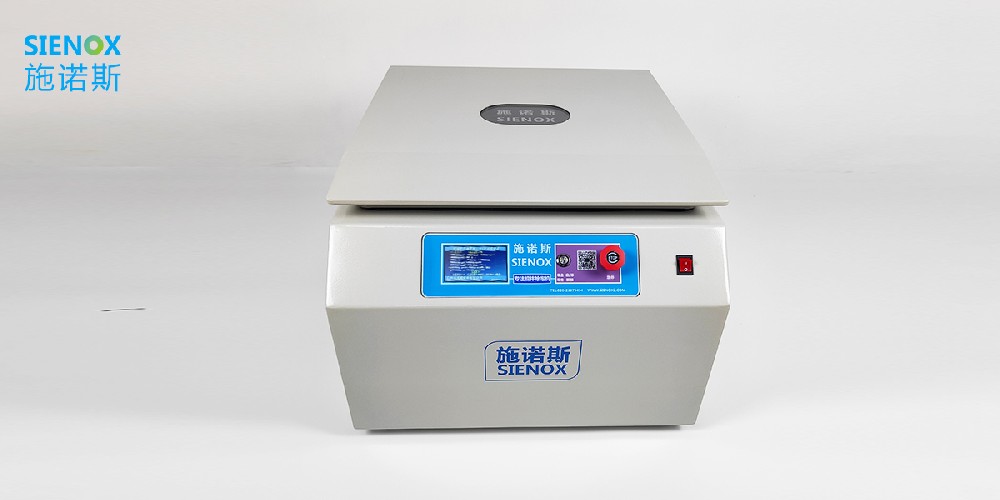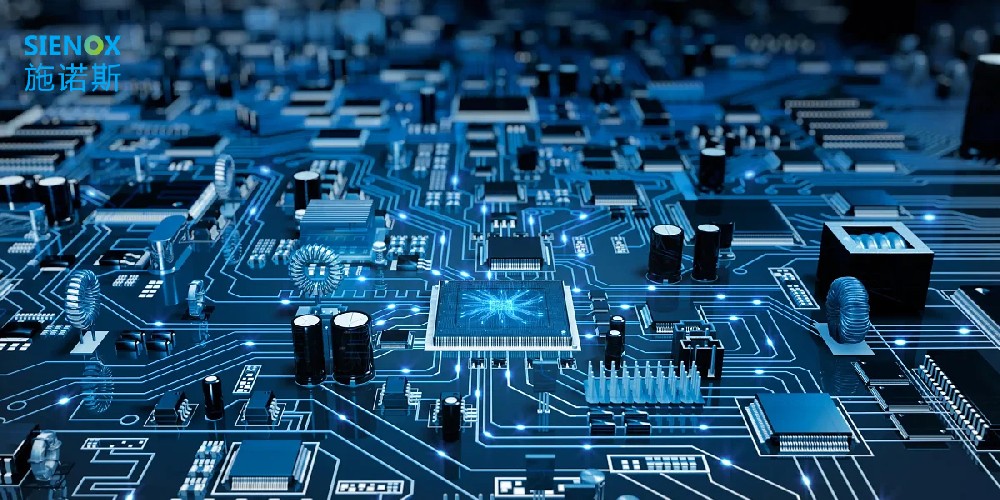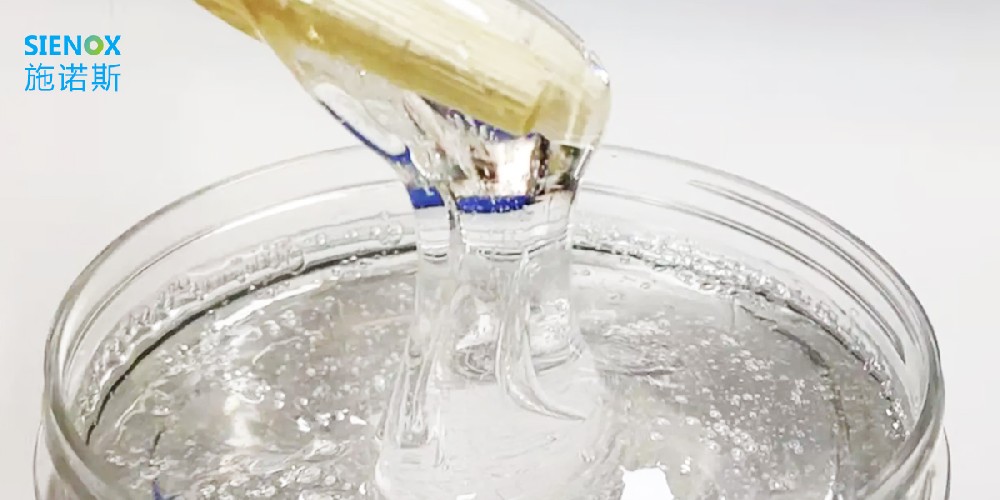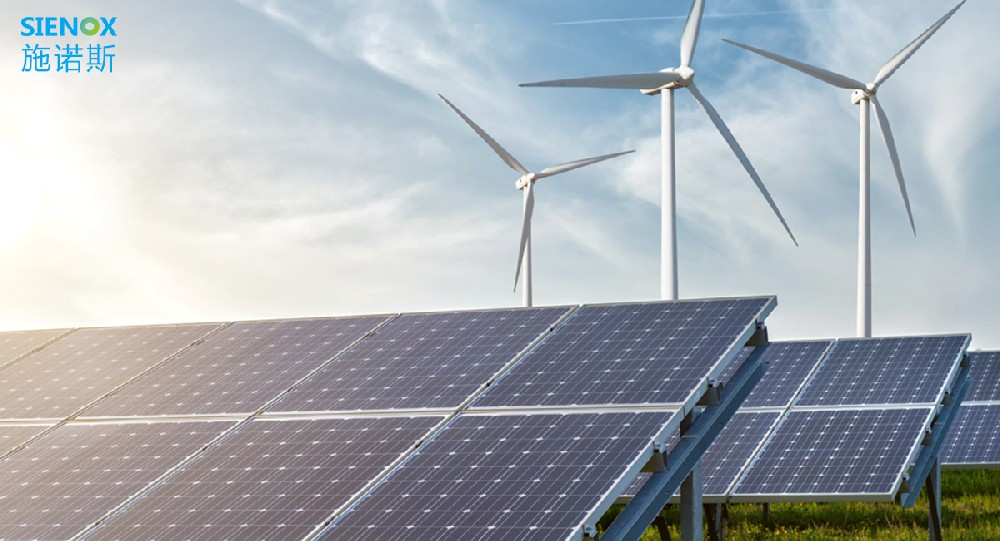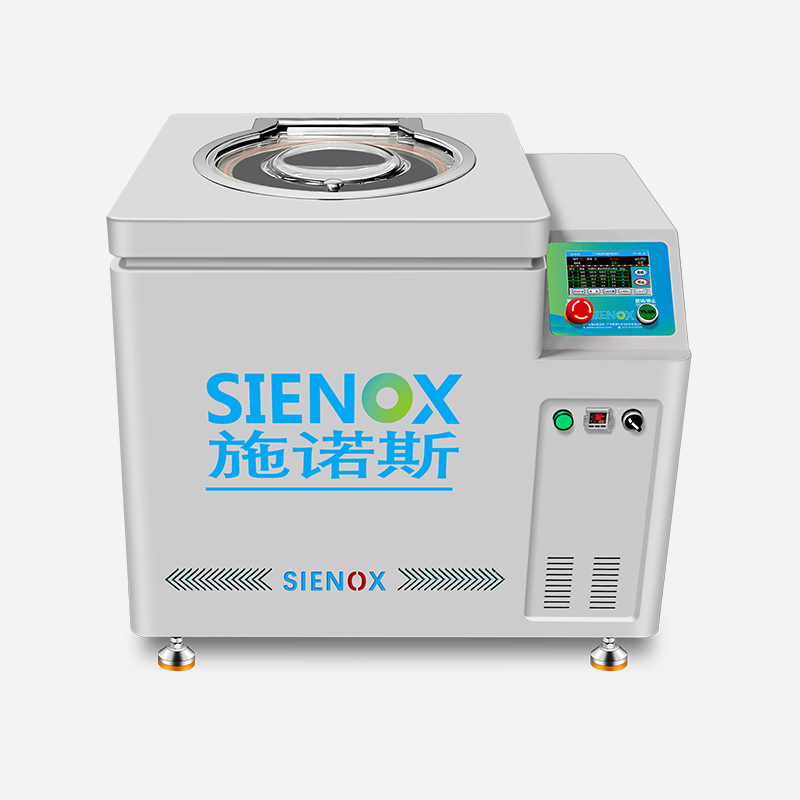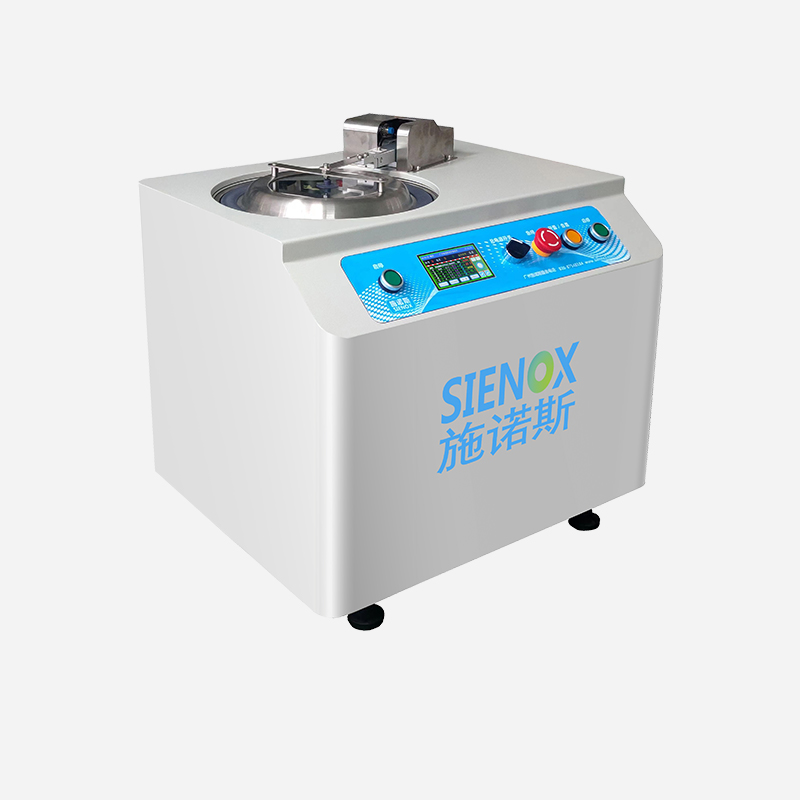
News

TEL:18925129293
The Innovation Road of Adhesive Technology: Prospects and Challenges of Vacuum Stirring and Defoaming Machine in the Adhesive Industry
date:2023-09-11author:SIENOXAdhesives play a crucial role in many industries for bonding and affixing various materials. However, a common issue in adhesive processes is the formation of bubbles. The presence of bubbles can diminish the quality and adhesive strength of the adhesive, thereby affecting the performance and reliability of the final product. To address this challenge, vacuum stirring degassing machines have emerged, providing an effective solution for adhesive processes.
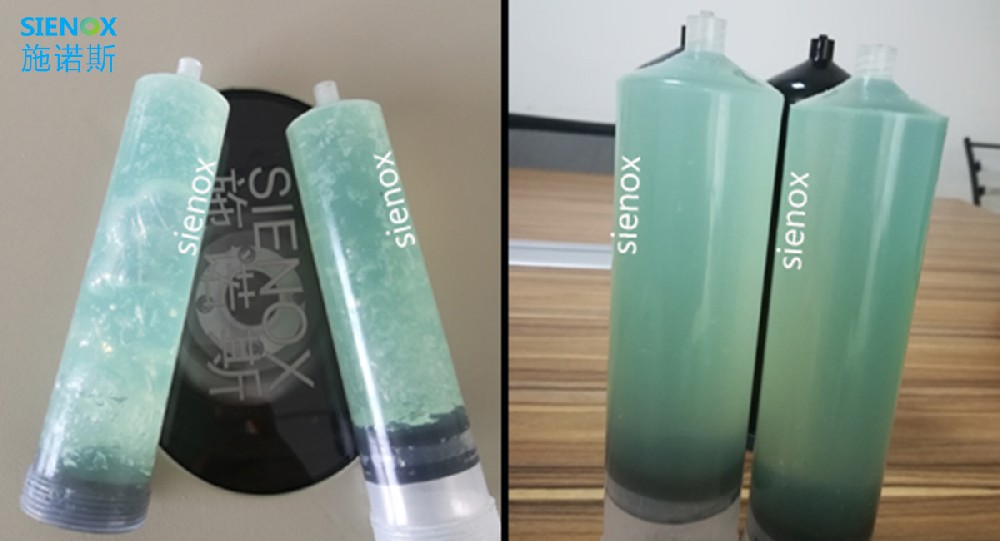
The vacuum stirring degassing machine operates by applying vacuum during the adhesive mixing process to expel air and bubbles from the adhesive. The advantage of this technology lies in its ability to rapidly and thoroughly remove bubbles, thereby enhancing the quality and uniformity of the adhesive. Adhesives processed by vacuum stirring degassing machines achieve better bonding results, reducing potential issues during product usage.
Vacuum stirring degassing machines hold promising prospects in the adhesive industry. Firstly, they can enhance the efficiency and quality of adhesive processes. Traditional stirring methods may fail to thoroughly mix the adhesive, leading to bubble formation. However, vacuum stirring degassing machines forcibly expel bubbles, ensuring the uniformity and stability of the adhesive, thereby improving product bonding strength and durability.
Secondly, vacuum stirring degassing machines can expand the application range of adhesives. For industries with stringent requirements for adhesive quality, such as aerospace and medical device manufacturing, vacuum stirring degassing machines can provide higher-quality adhesives to meet rigorous technical demands. Additionally, they can be applied to bond more types of special materials, such as high-temperature, high-pressure, and brittle materials, fostering innovation and development in these specialized industries.
However, vacuum stirring degassing machines in the adhesive industry also face some challenges. Firstly, the equipment cost is relatively high, which may pose difficulties for small and medium-sized enterprises to afford. Secondly, operating the machines requires high technical expertise, necessitating skilled personnel for operation and maintenance. Furthermore, the machines have a relatively large footprint, requiring sufficient space for installation and use.
To overcome these challenges, the adhesive industry needs to intensify research and promotion efforts for vacuum stirring degassing machines. Firstly, reducing equipment costs through technological innovation and process improvement can make them more accessible to small and medium-sized enterprises. Secondly, training and technical support can elevate the skill level of operators to ensure the proper operation and maintenance of the equipment. Additionally, exploring miniaturization and automation of the equipment can enhance portability and usability, facilitating its adoption by more industries and enterprises.
In conclusion, vacuum stirring degassing machines are effective tools for addressing the bubble issue in adhesive processes. They hold vast prospects and application potential in the adhesive industry, improving process efficiency, quality, and expanding adhesive application scope. However, advancing the development and application of vacuum stirring degassing machines requires overcoming challenges such as high equipment costs and technical expertise requirements. Strengthening research, development, and promotion efforts will bring more innovation and development opportunities to the adhesive industry.






